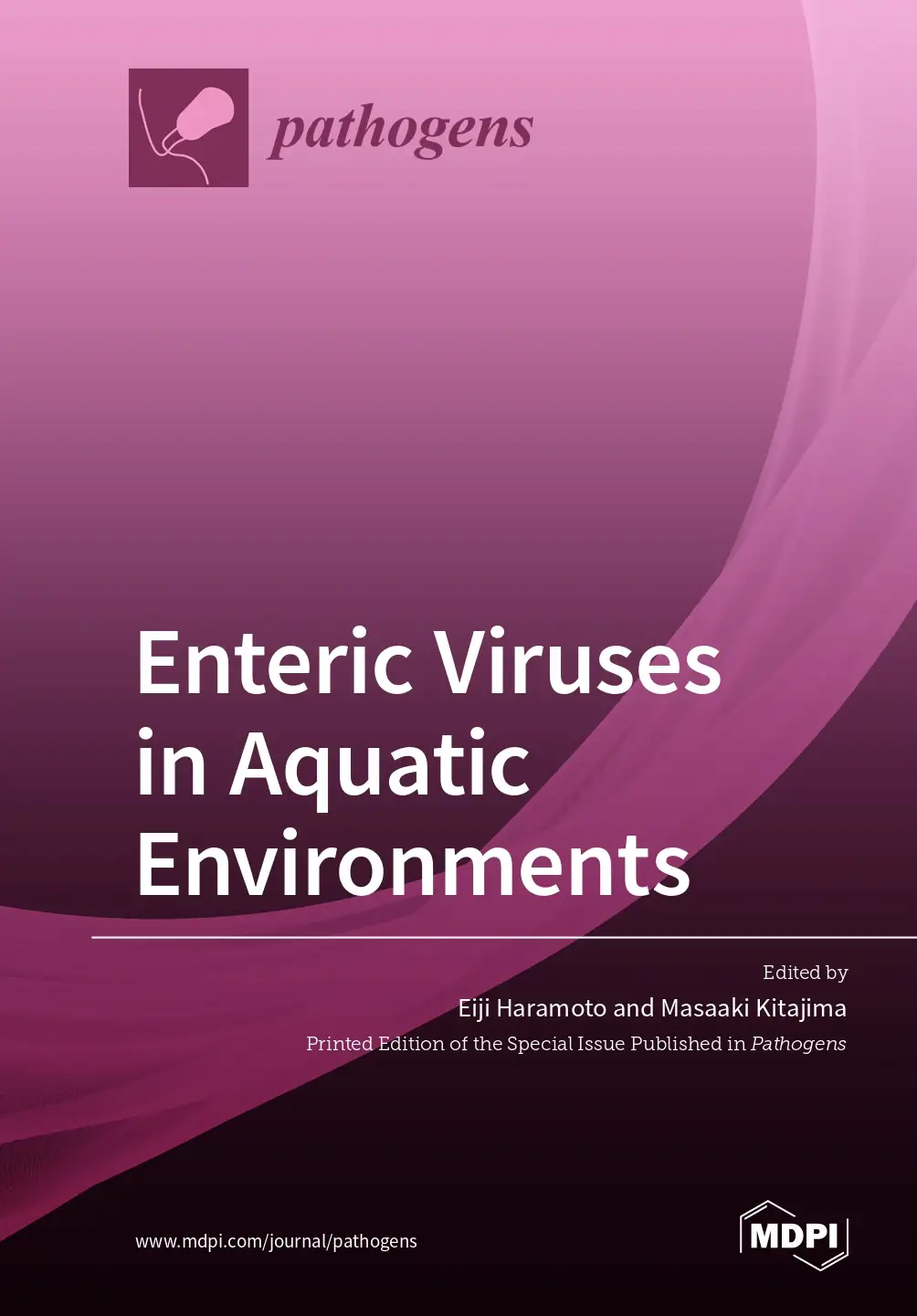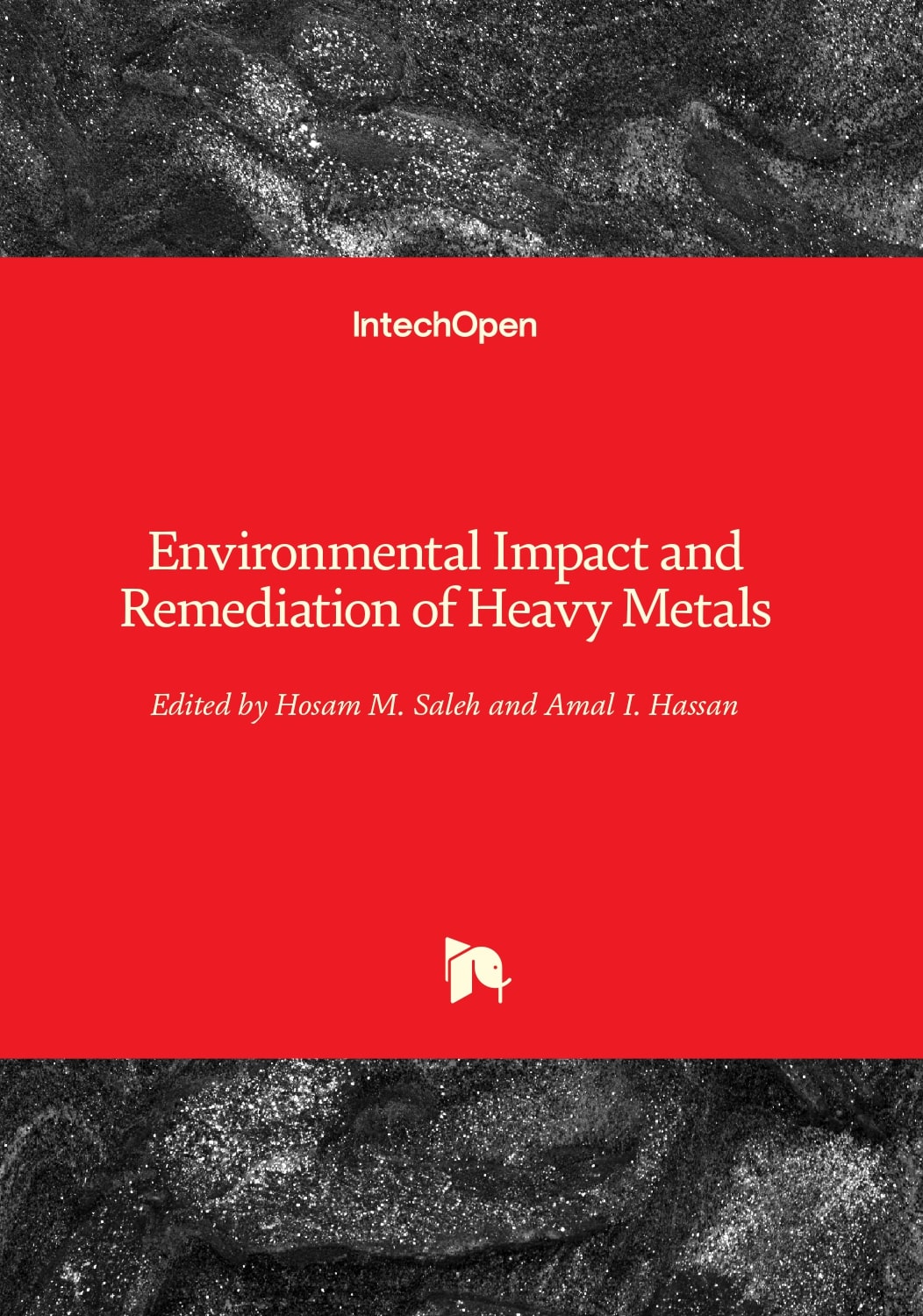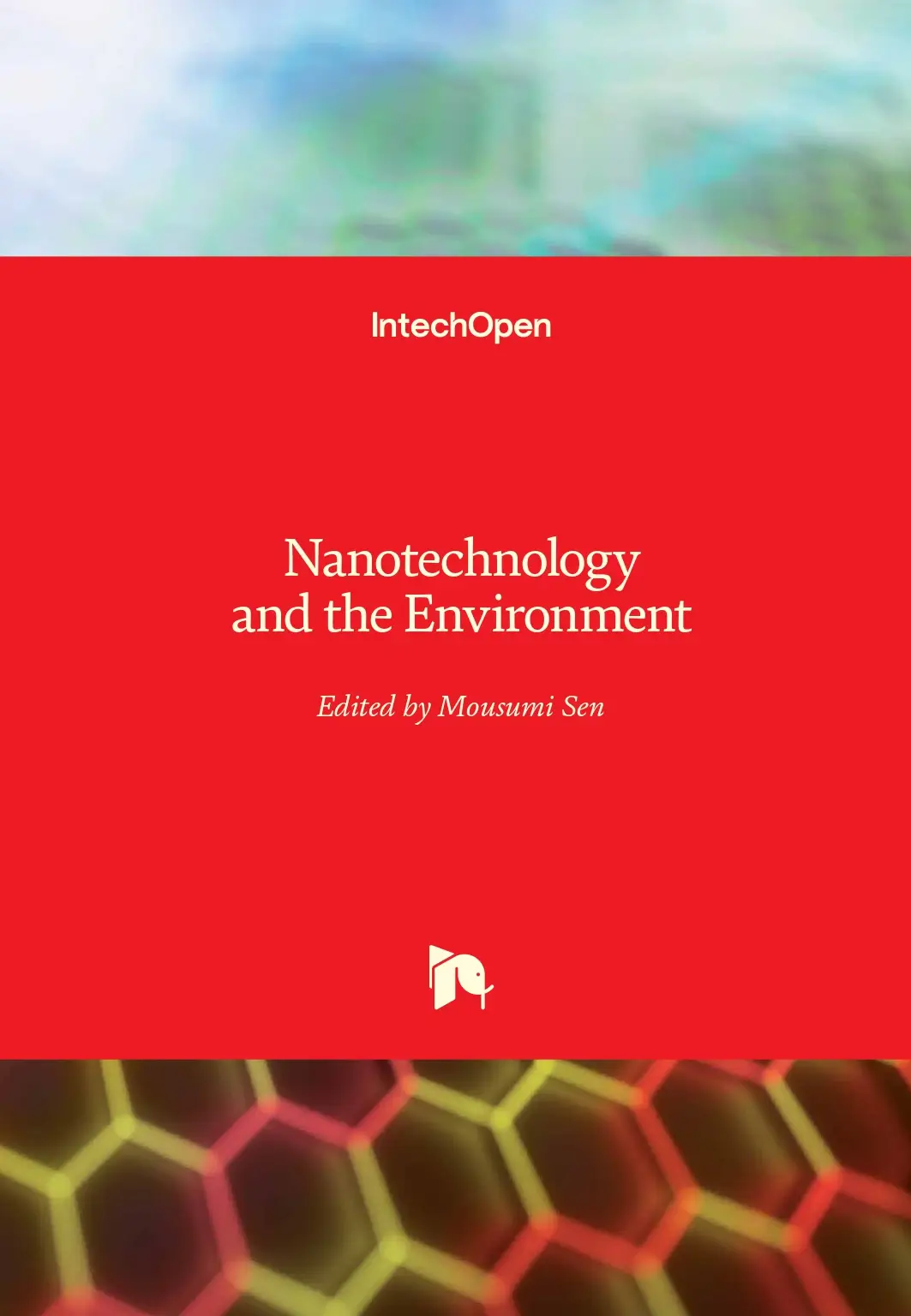Environmental Impact and Remediation of Heavy Metals
Heavy metals are a group of metals and metalloids that includes transition metals, lanthanides, and actinides. When released into water, these elements have toxic effects on water quality and surface sediments, affecting environmental parameters such as pH and temperature. Therefore, metals that are harmful to aquatic and terrestrial ecosystems pose a significant threat to plants, animals, and human health. As such, there is increased interest in mitigating the harmful environmental impacts of heavy metals. This book provides a comprehensive overview of heavy metals, their impacts on water, soil, food crops, and cosmetics, and techniques for their remediation. It is organized into three sections: “Heavy Metals and Their Effects on the Environment,” “Evaluation of Heavy Metals and Their Risks to Irrigation Water,” and “Remediation of Heavy Metals.
Environmental Impact and Remediation of Heavy Metals
Heavy metals are a group of metals and metalloids that includes transition metals, lanthanides, and actinides. When released into water, these elements have toxic effects on water quality and surface sediments, affecting environmental parameters such as pH and temperature. Therefore, metals that are harmful to aquatic and terrestrial ecosystems pose a significant threat to plants, animals, and human health. As such, there is increased interest in mitigating the harmful environmental impacts of heavy metals. This book provides a comprehensive overview of heavy metals, their impacts on water, soil, food crops, and cosmetics, and techniques for their remediation. It is organized into three sections: “Heavy Metals and Their Effects on the Environment,” “Evaluation of Heavy Metals and Their Risks to Irrigation Water,” and “Remediation of Heavy Metals.
Nanotechnology and the Environment
This book on Nanotechnology and the Environment includes an introduction to nanotechnology contributed to by world-renowned specialists in the field of nanomaterials, renewable energy, and environmental sciences.
Nanotechnology and the Environment
This book on Nanotechnology and the Environment includes an introduction to nanotechnology contributed to by world-renowned specialists in the field of nanomaterials, renewable energy, and environmental sciences.
Sustainability and the Environmental Kuznets Curve Conjecture
In December 1954, Simon Kuznets delivered his Presidential Address at the American Economic Association about economic growth and income inequality. His talk was published a few months later by the American Economic Review [1], and that very paper laid the ground to what has been known as the Kuznets Curve.
Sustainability and the Environmental Kuznets Curve Conjecture
In December 1954, Simon Kuznets delivered his Presidential Address at the American Economic Association about economic growth and income inequality. His talk was published a few months later by the American Economic Review [1], and that very paper laid the ground to what has been known as the Kuznets Curve.
Innovative Separation Technology Utilizing Marine Bioresources: Multifaceted Development of a Chitosan-Based System Leading to Environmentally-Friendly Processes
Abstract
Chitosan, known as a most typical marine biological polymer, has a fruitful capability of biocompatible gel formation. Attempts of chitosan have been made to develop it from the multifaceted viewpoint of separation technology.
Innovative Separation Technology Utilizing Marine Bioresources: Multifaceted Development of a Chitosan-Based System Leading to Environmentally-Friendly Processes
Abstract
Chitosan, known as a most typical marine biological polymer, has a fruitful capability of biocompatible gel formation. Attempts of chitosan have been made to develop it from the multifaceted viewpoint of separation technology.
Starch-Based Hybrid Nanomaterials for Environmental Remediation
Abstract
Environmental pollution is becoming a major global issue with increasing anthropogenic activities that release massive toxic pollutants into the land, air, and water.
Starch-Based Hybrid Nanomaterials for Environmental Remediation
Abstract
Environmental pollution is becoming a major global issue with increasing anthropogenic activities that release massive toxic pollutants into the land, air, and water.
Biological Communities Respond to Multiple Human-Induced Aquatic Environment Change
Perturbations linked to the direct and indirect impacts of human activities during the Anthropocene affect the structure and functioning of aquatic ecosystems to varying degrees. Some of these events stress aquatic life, including soil and water acidification, soil erosion, loss of base cations, release of trace metals or organic compounds, and application of essential nutrients capable of stimulating primary productivity.
Biological Communities Respond to Multiple Human-Induced Aquatic Environment Change
Perturbations linked to the direct and indirect impacts of human activities during the Anthropocene affect the structure and functioning of aquatic ecosystems to varying degrees. Some of these events stress aquatic life, including soil and water acidification, soil erosion, loss of base cations, release of trace metals or organic compounds, and application of essential nutrients capable of stimulating primary productivity.



















